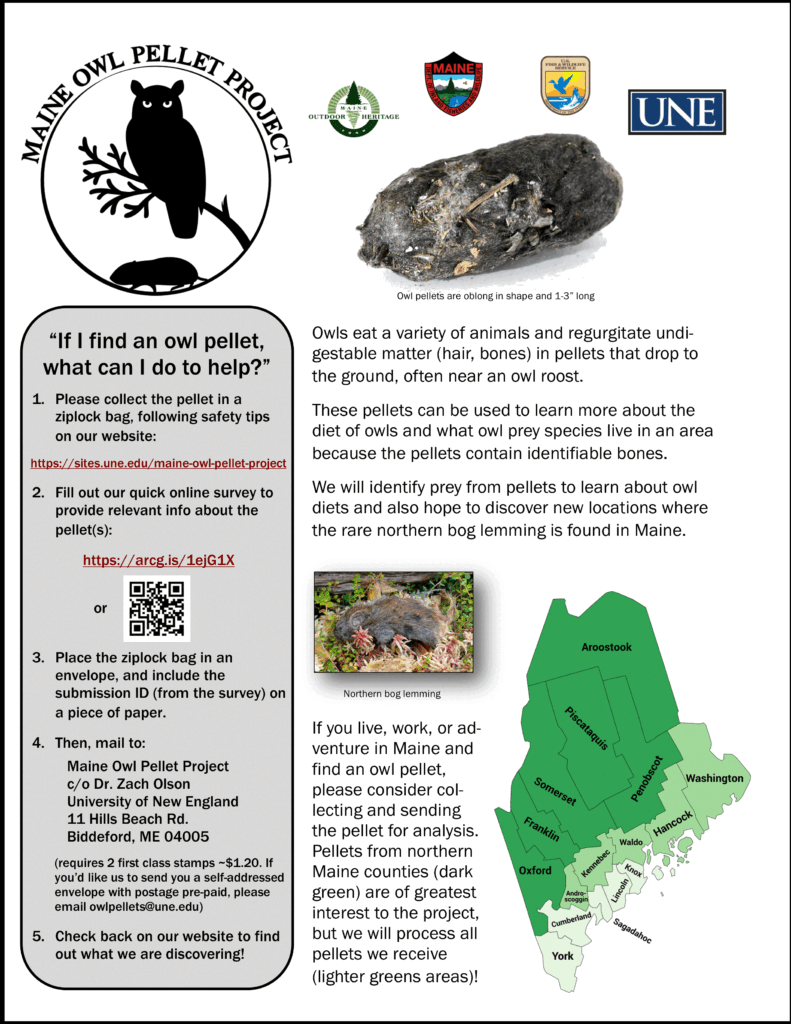Owl sign – getting closer to pellets
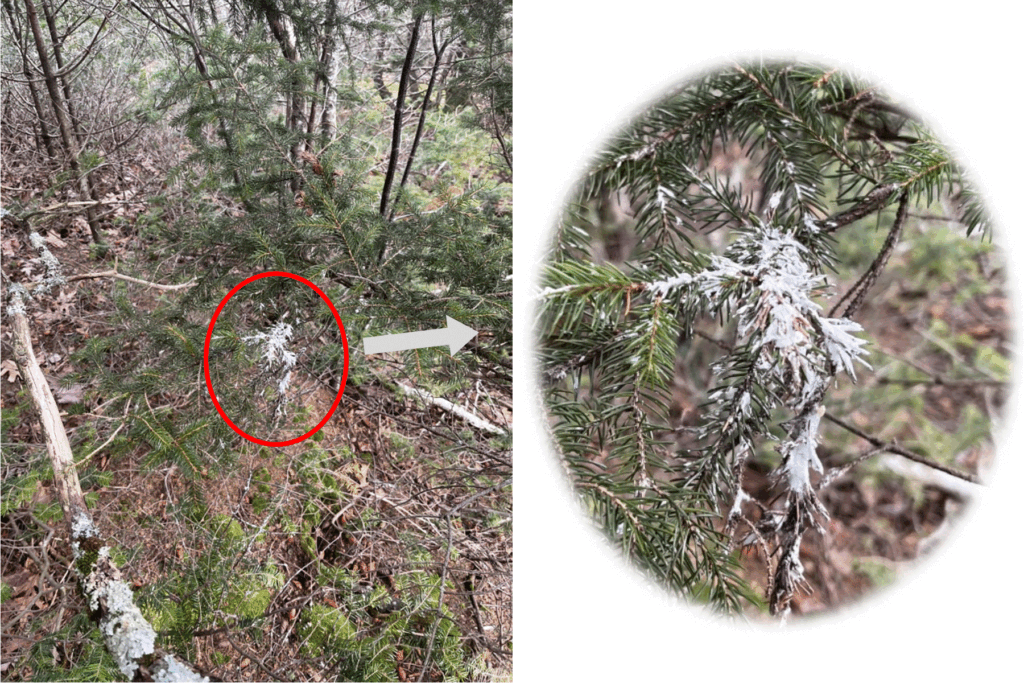
Owl pellets
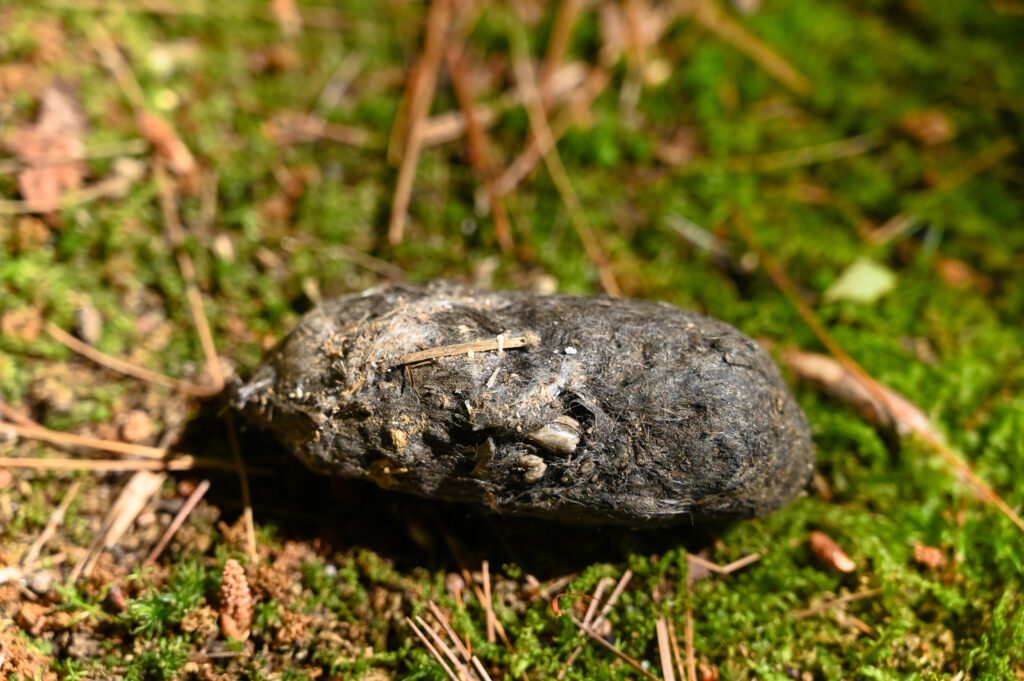
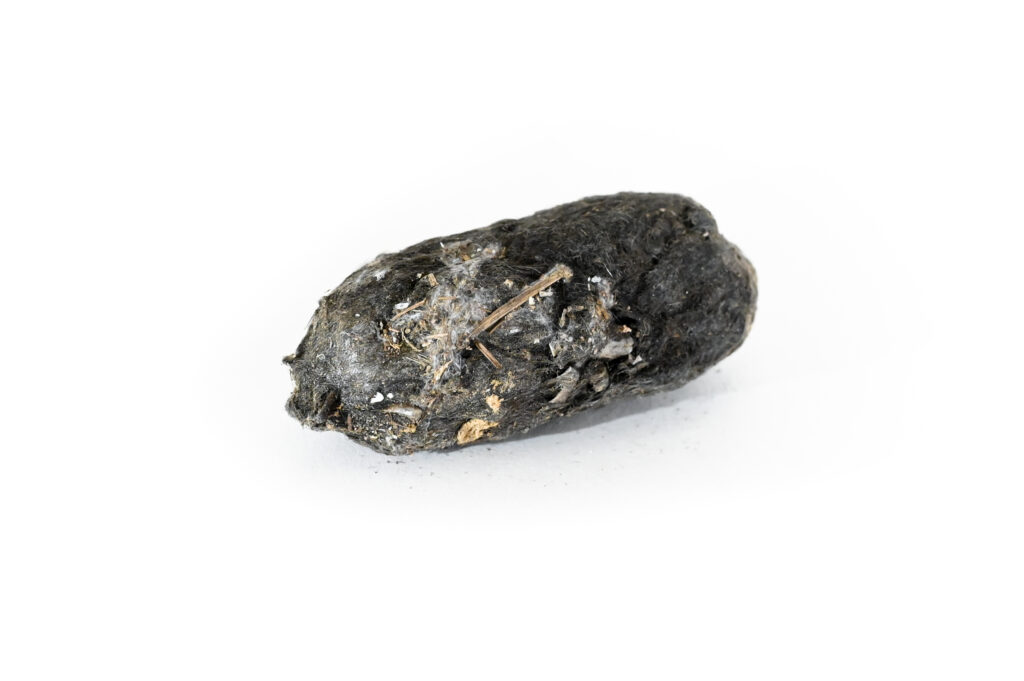
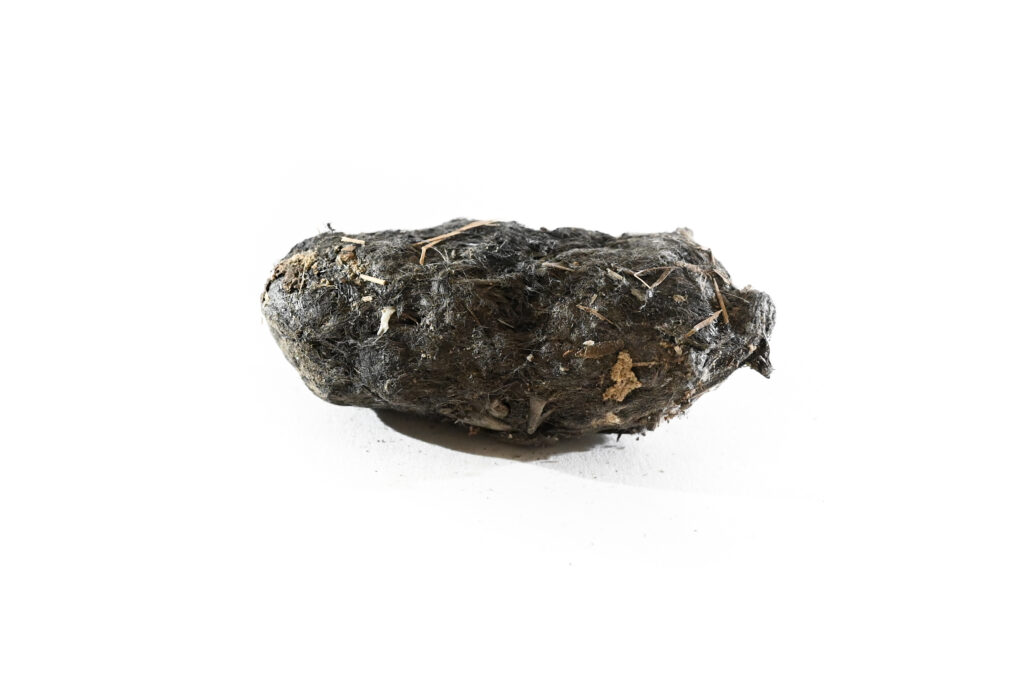
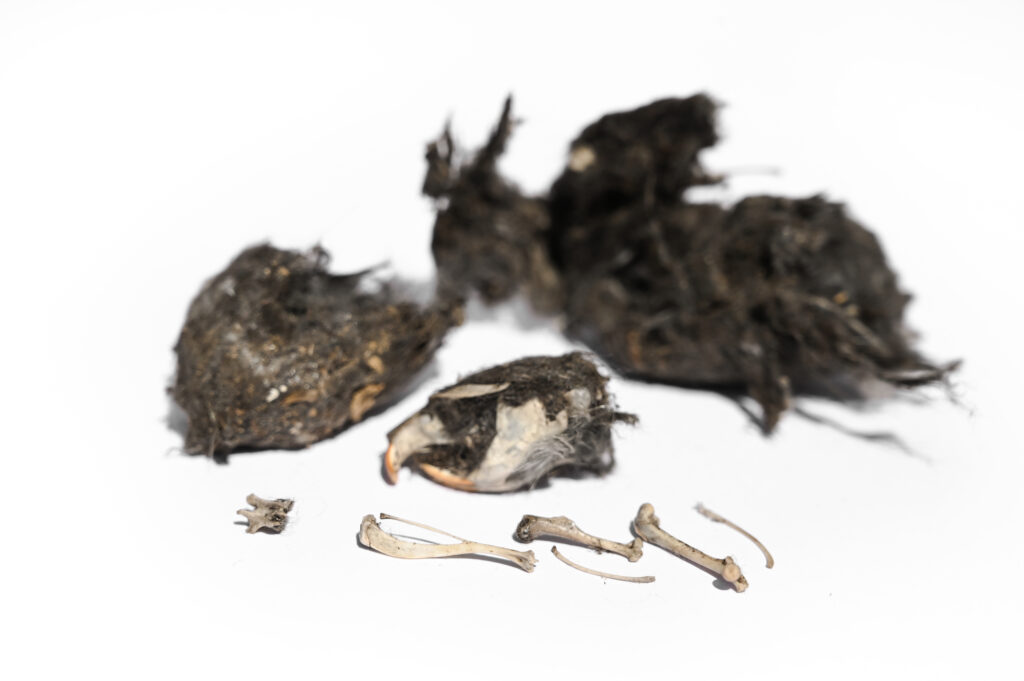

Owls
Eleven species of owl have been documented in Maine including rare or infrequent visitors. Of these, three species are common residents:
- Great Horned Owls are the largest owl, with a 48” wingspan. They do not migrate, and can be found in a wide variety of deciduous, coniferous, or mixed forests, with a preference for open, secondary-growth woodlands but also in urban or suburban areas, fields, wetlands, and agricultural areas, or any semi-open habitat.
- Barred Owls are medium-sized, with a 40” wingspan and are nonmigratory. They inhabit mature mixed forests where nest cavities can be found often adjacent to wetlands and open meadows.
- Northern Saw-whet Owls are relatively small, with an 18” wingspan. Many are migratory but some reside in the state throughout the year. This owl species prefers dense coniferous and broad-leaved forests next to water or swamps.
Common residents:
Great horned owl
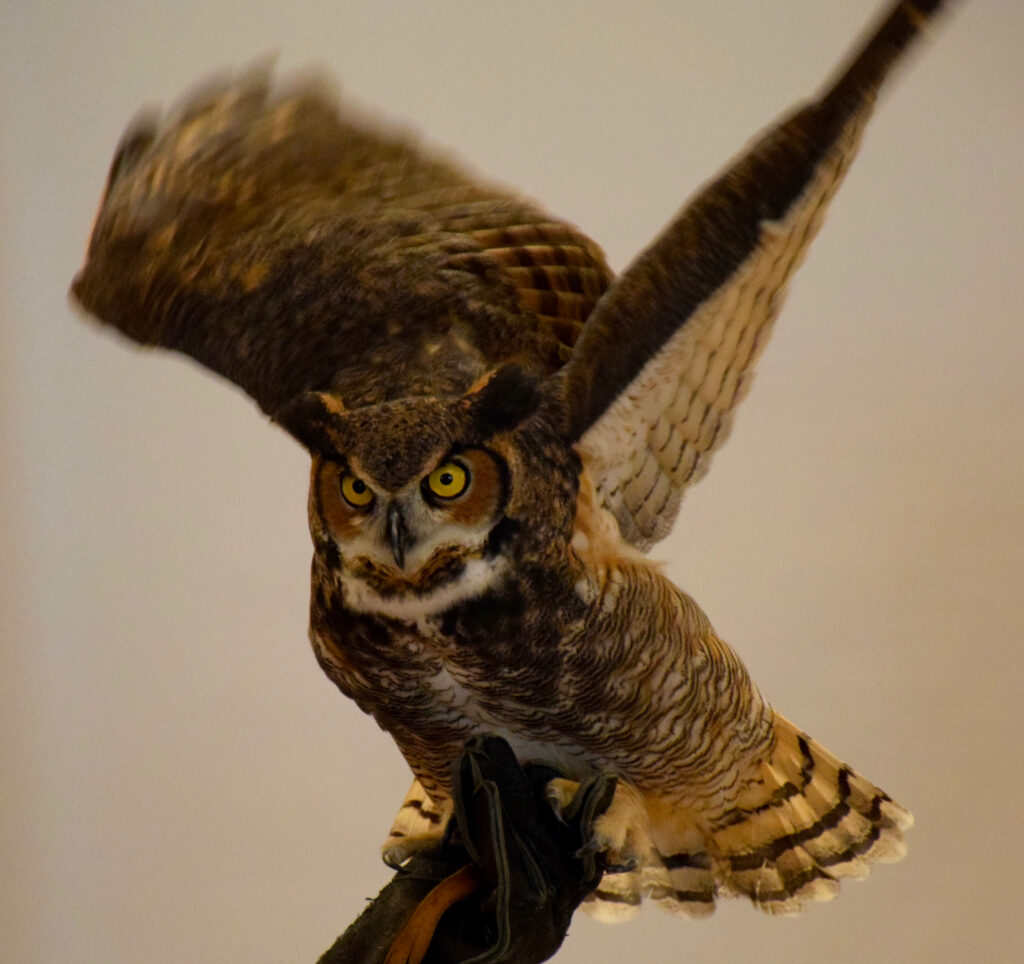
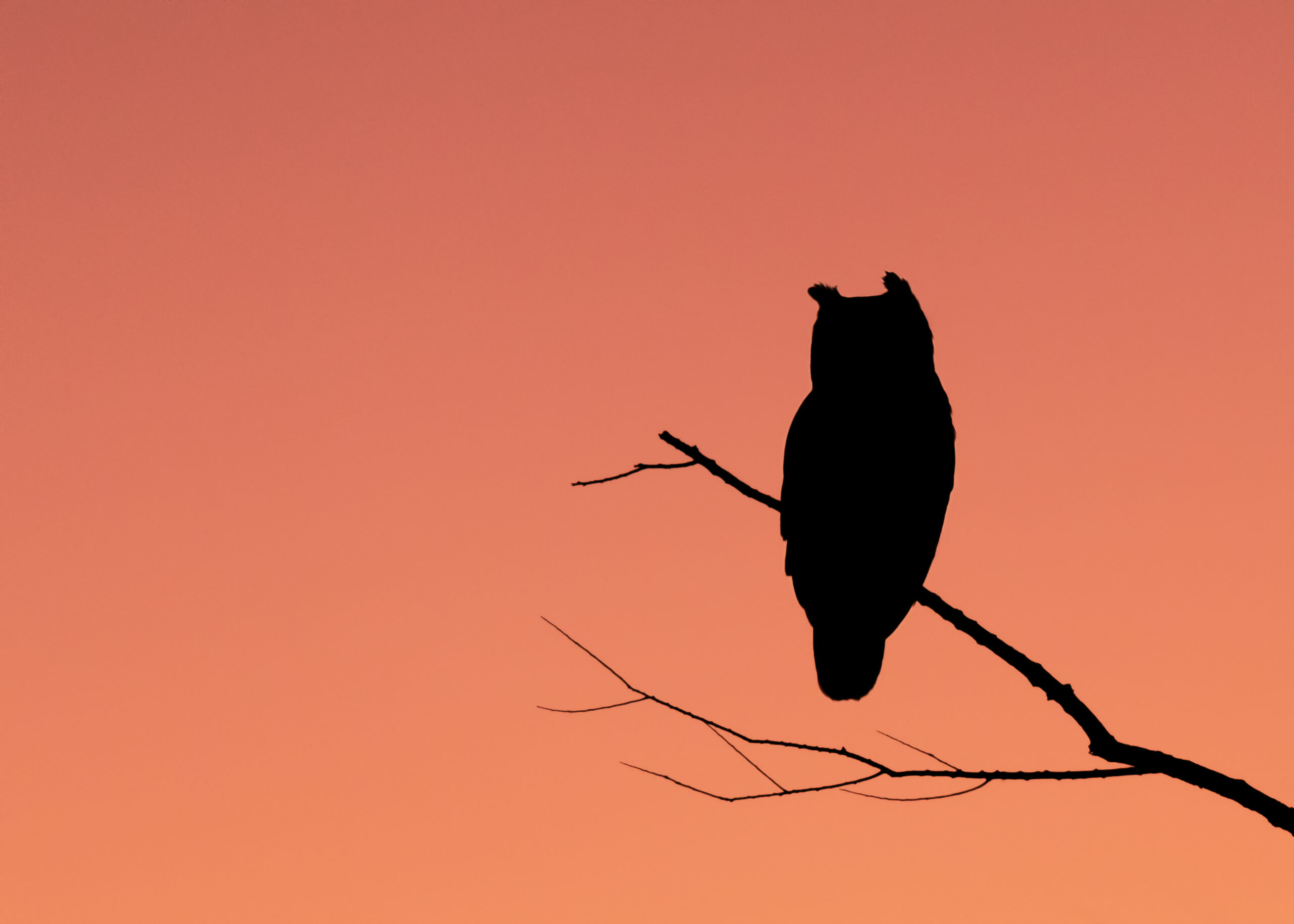
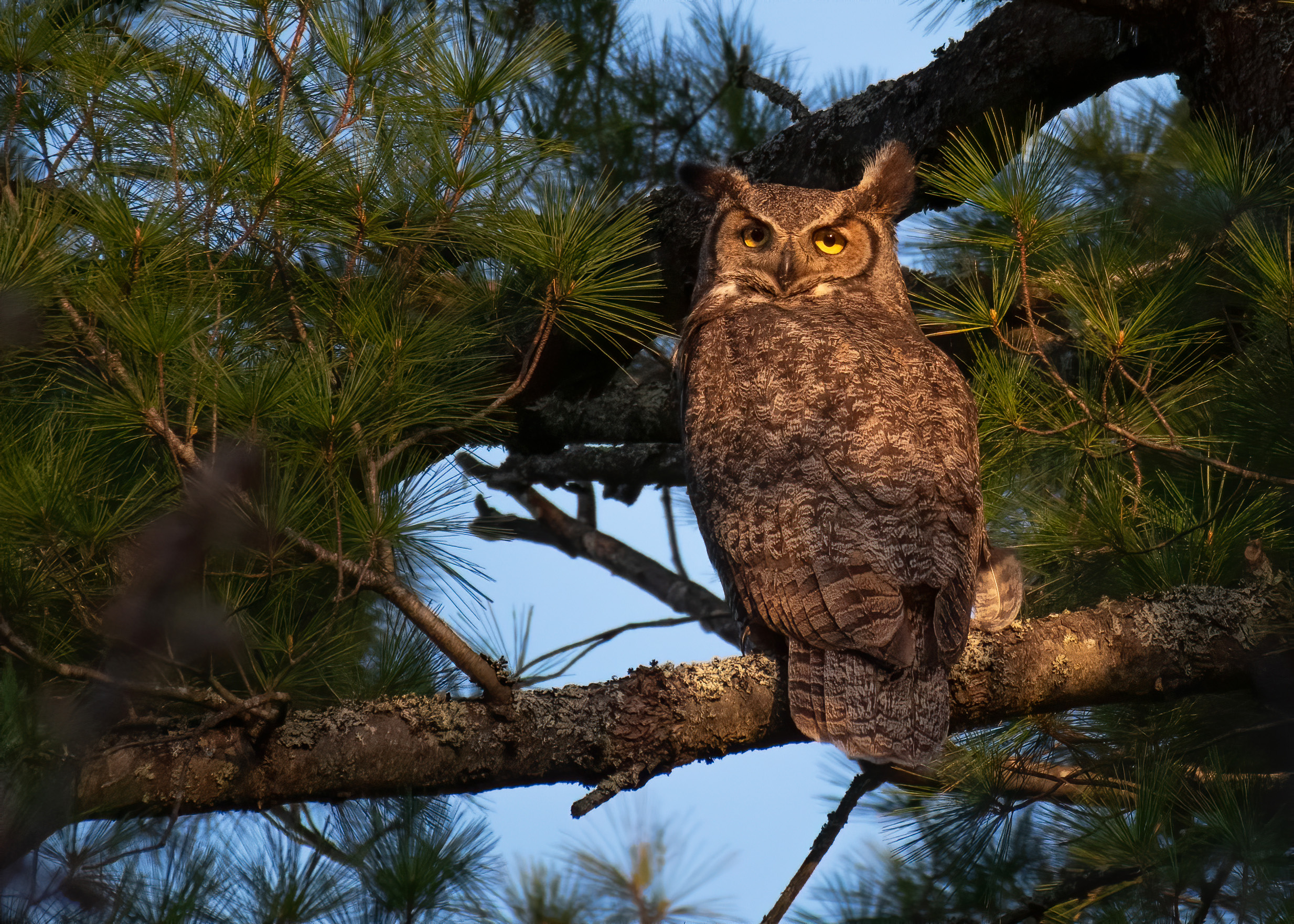
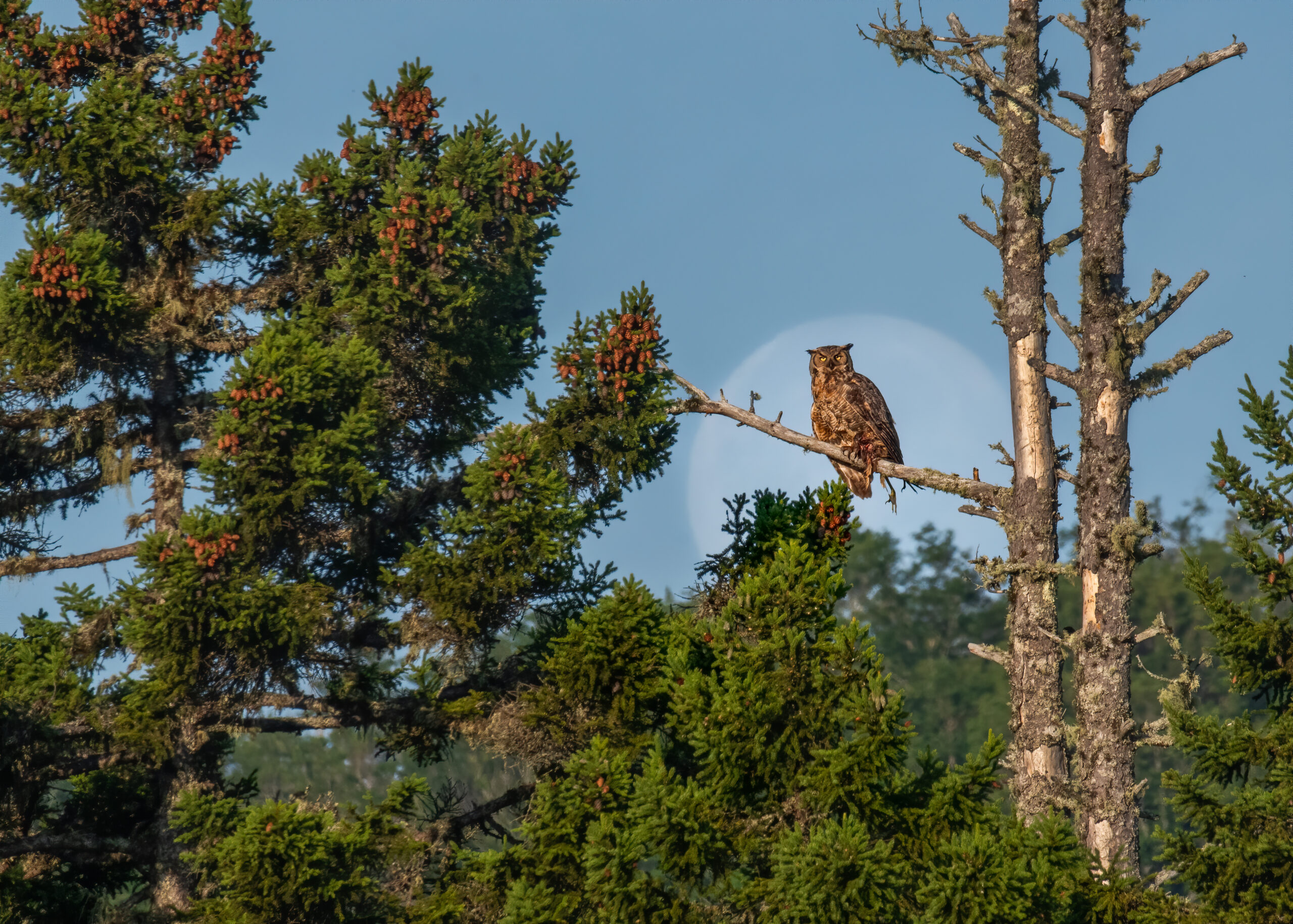

Barred owl
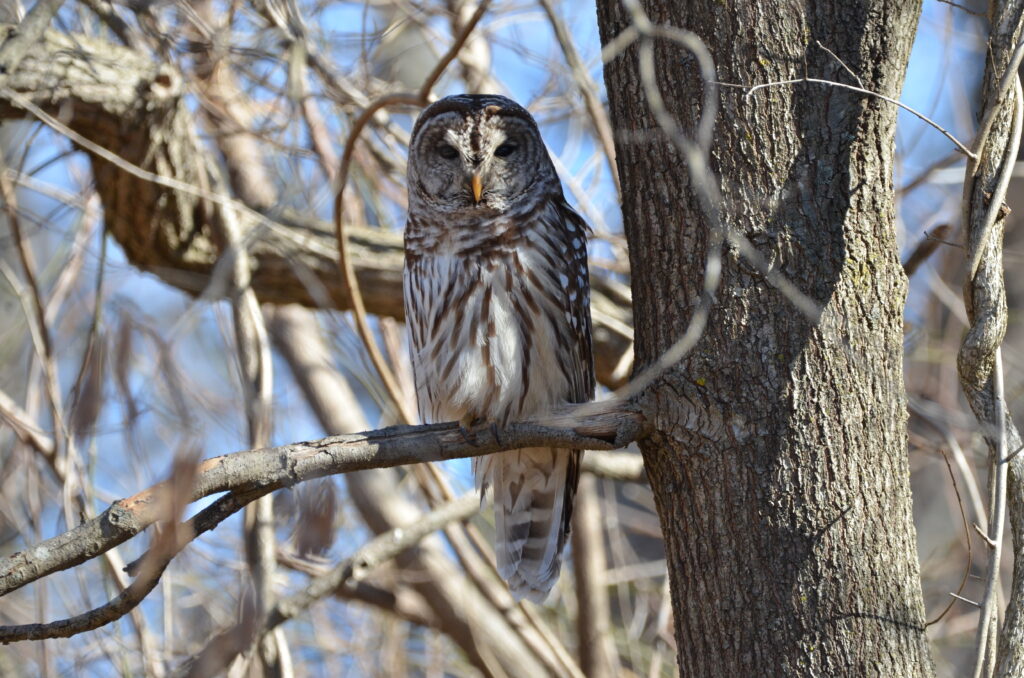
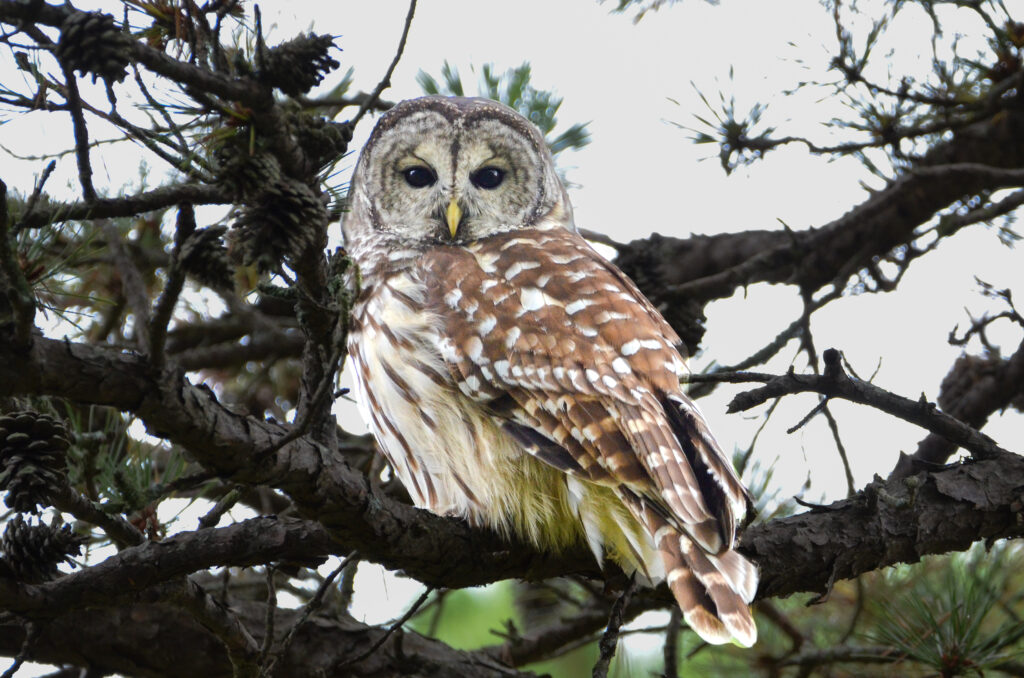
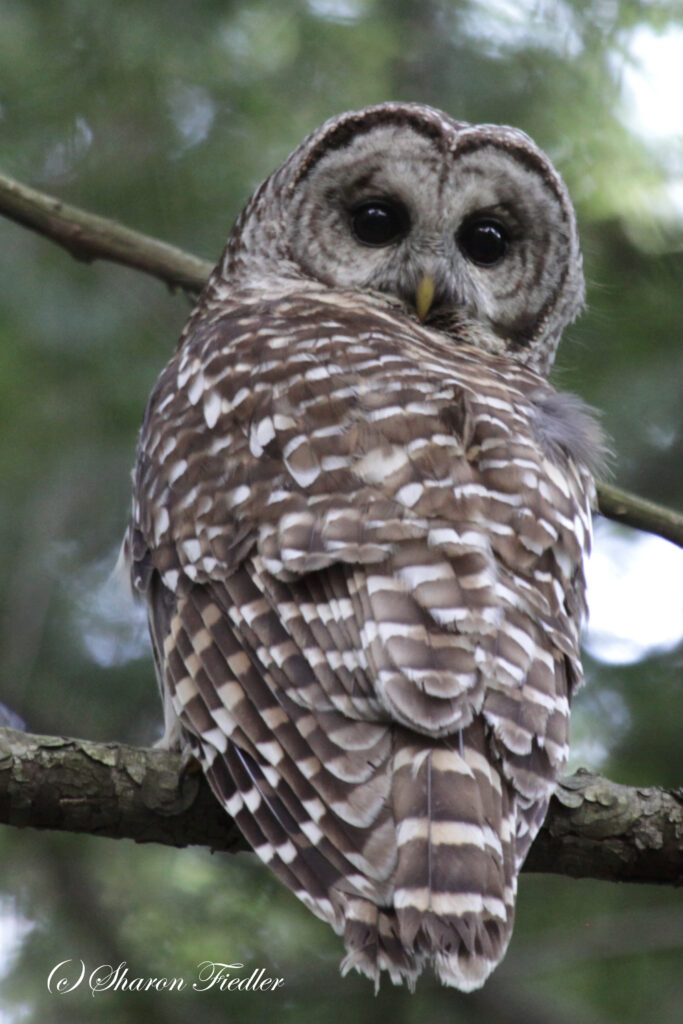
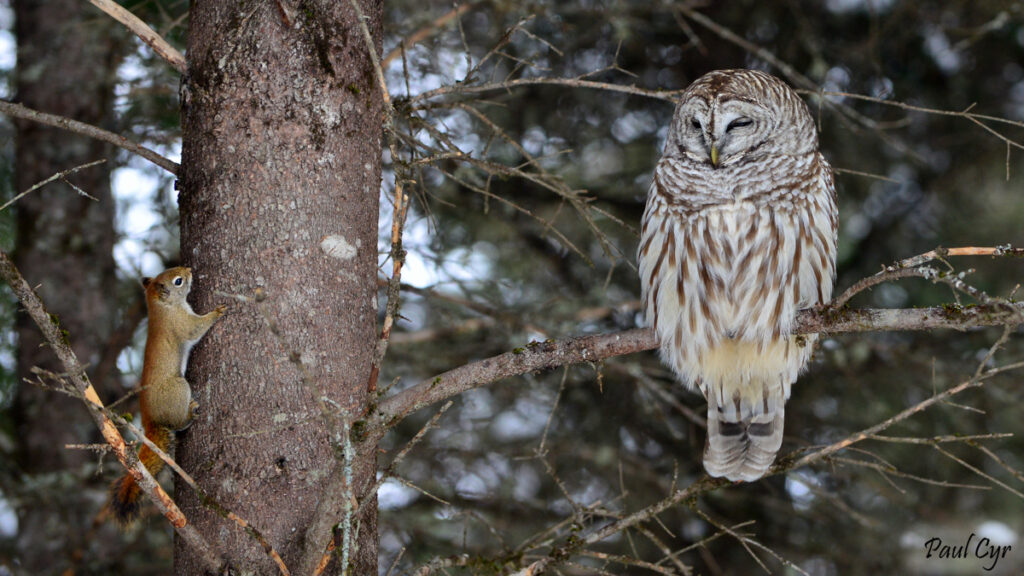
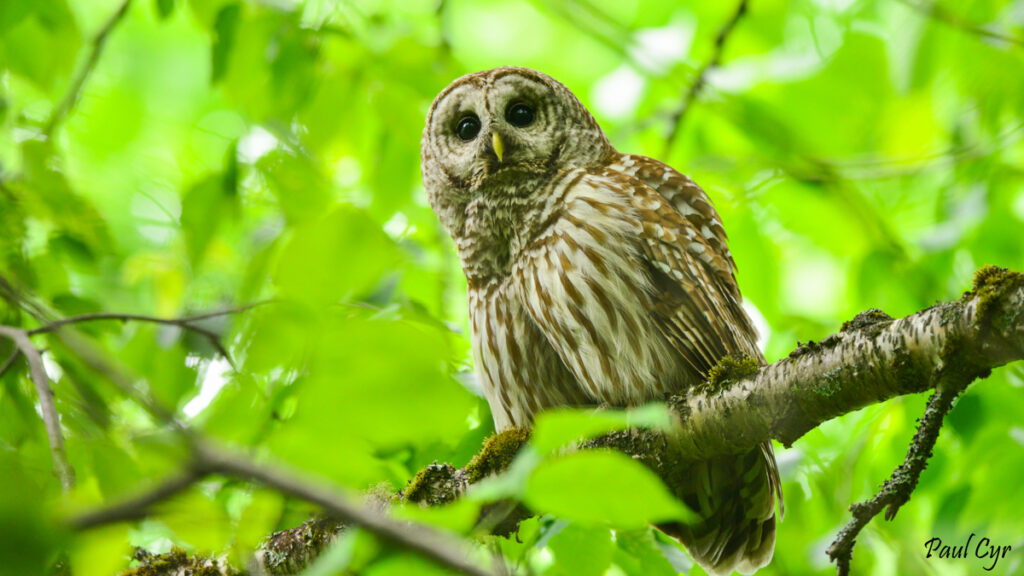
Northern saw-whet owl
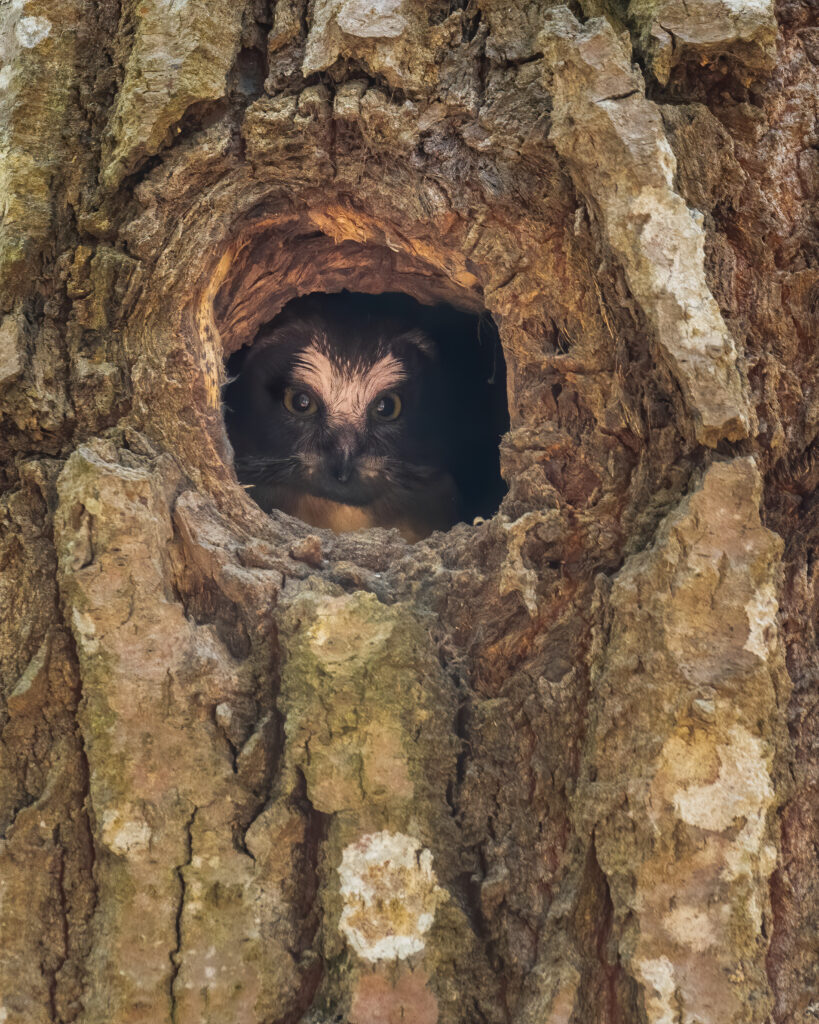
Some less frequent visitors:
Northern hawk owl
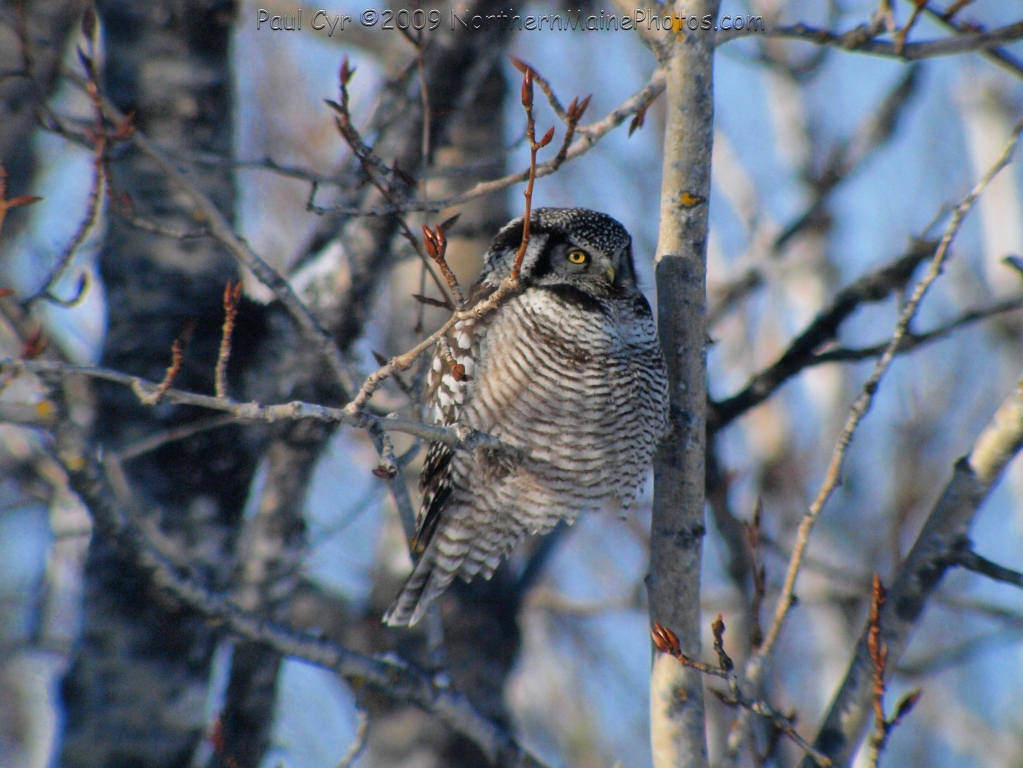
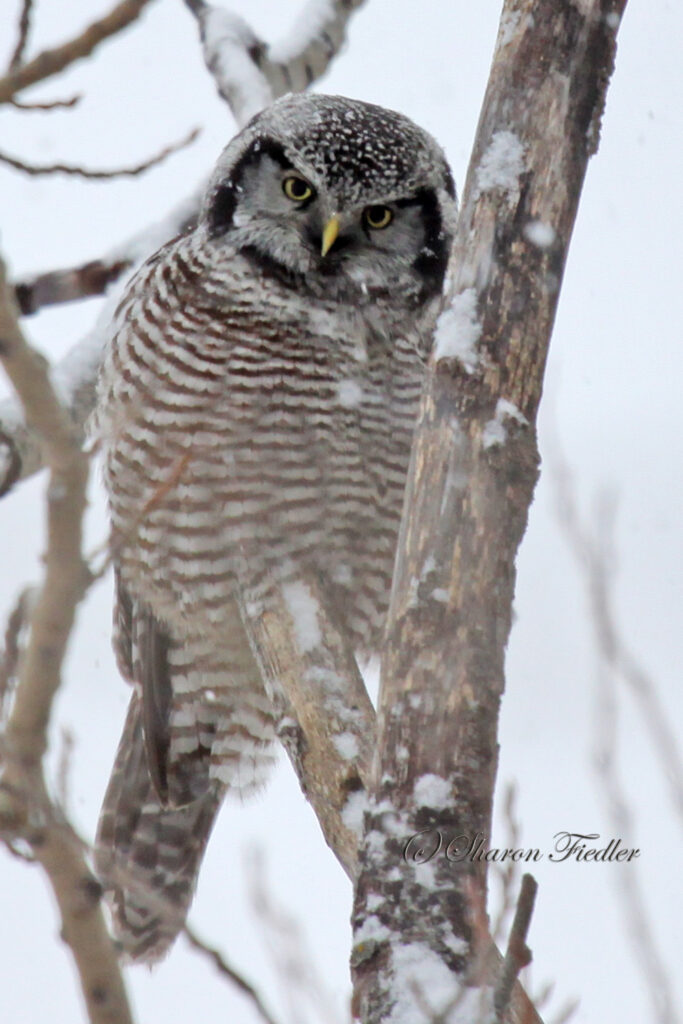
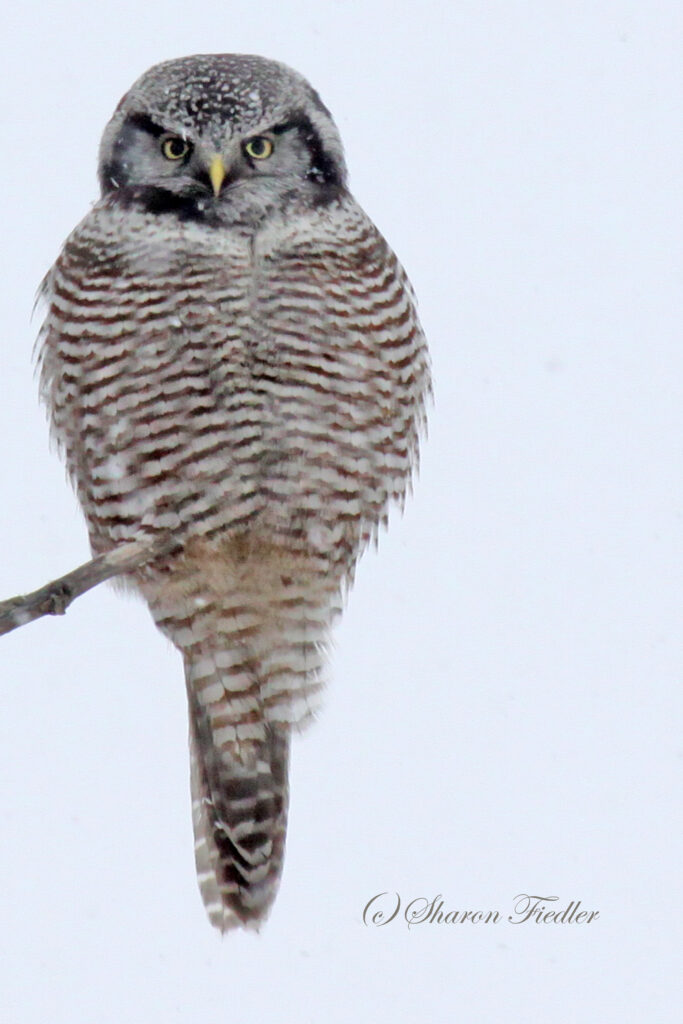
Short-eared owl
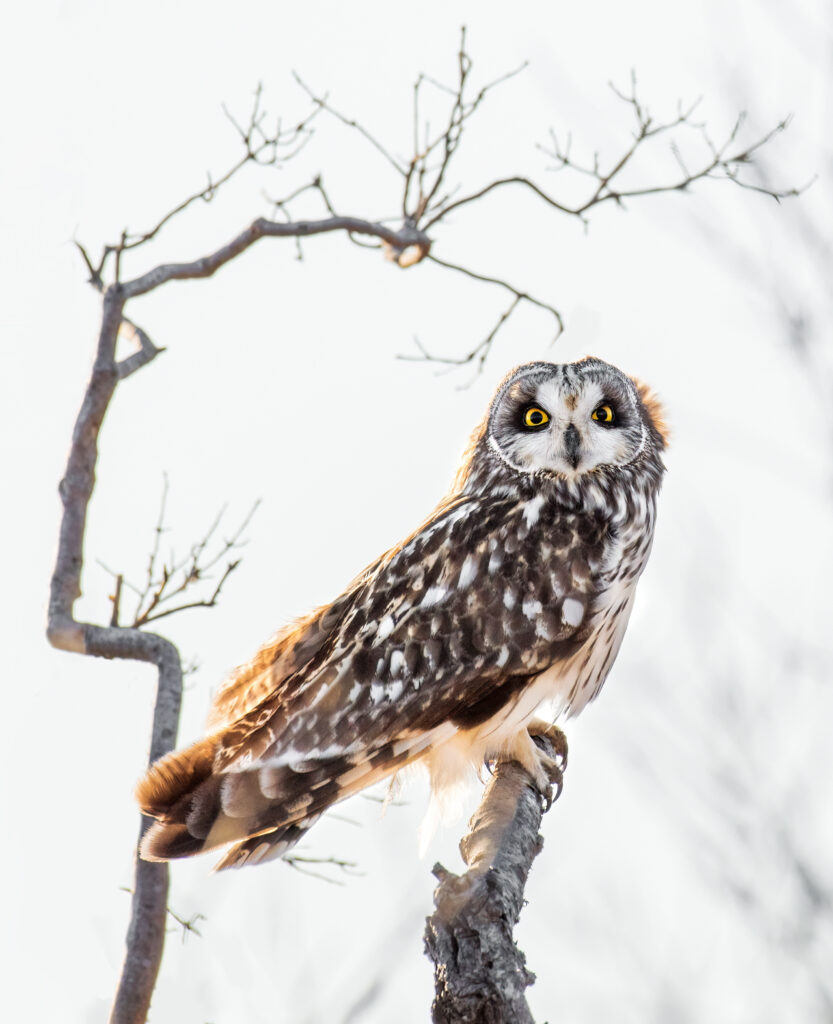
Great grey owl
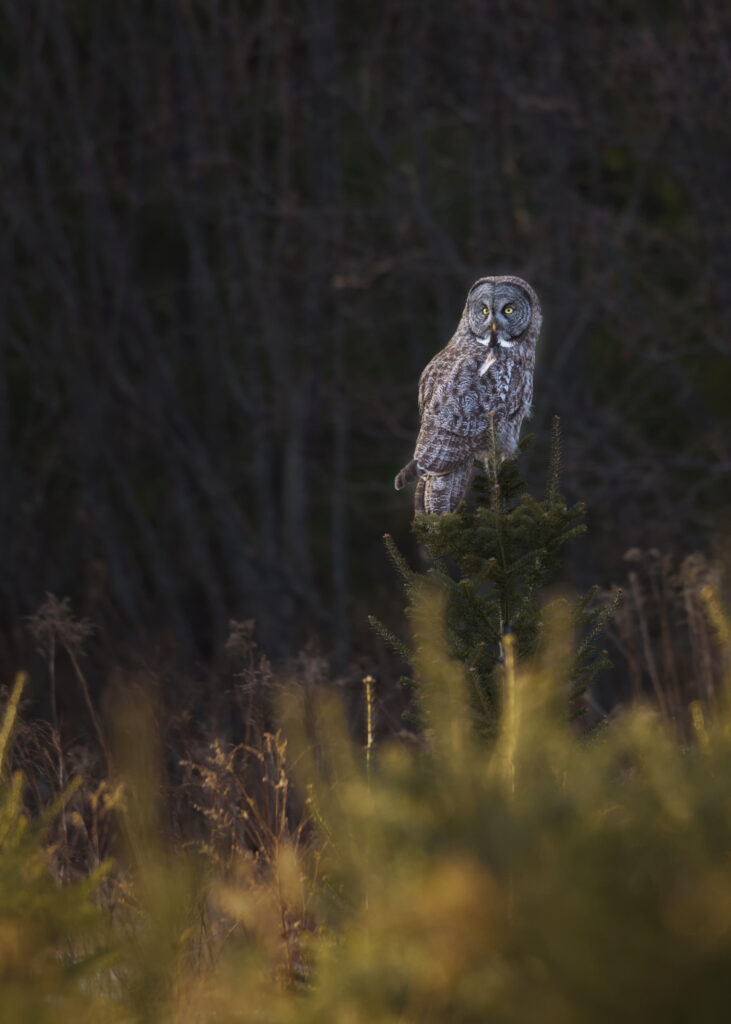
Northern bog lemming
The northern bog lemming is an elusive and rare small mammal about the size of a vole or mouse but with attractive furry ears, a rather blunt nose, and a very short tail. Read more about this fascinating species on the Maine Department of Inland Fisheries and Wildlife website here and some ongoing research here. So few verified photos exist of northern bog lemmings that we at the MOPP have supplemented this section with an artist’s painting (featured on an amazing poster of Maine’s threatened and endangered species) and an image of a closely related species, the southern bog lemming which is also found in Maine. Fun fact: northern and southern bog lemmings cannot be distinguished in hand – you must look at the shape of a mandibular molar or do a genetic analysis to tell the species apart with certainty.
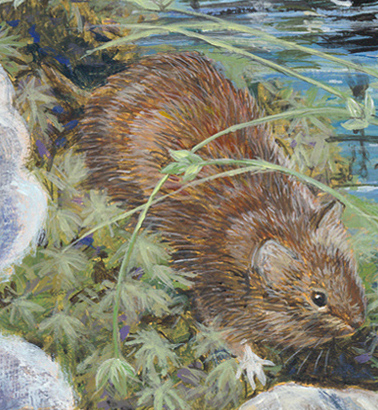

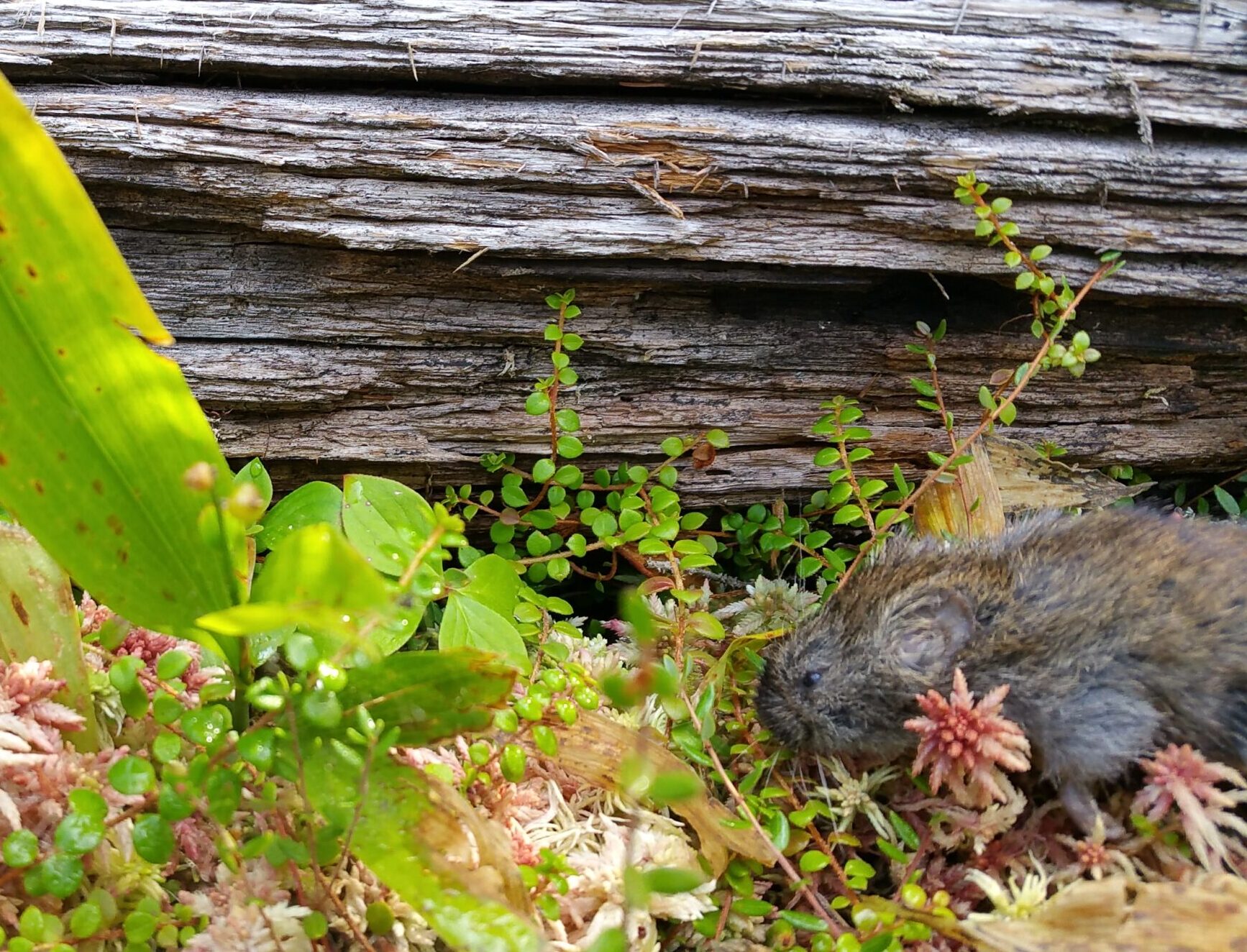
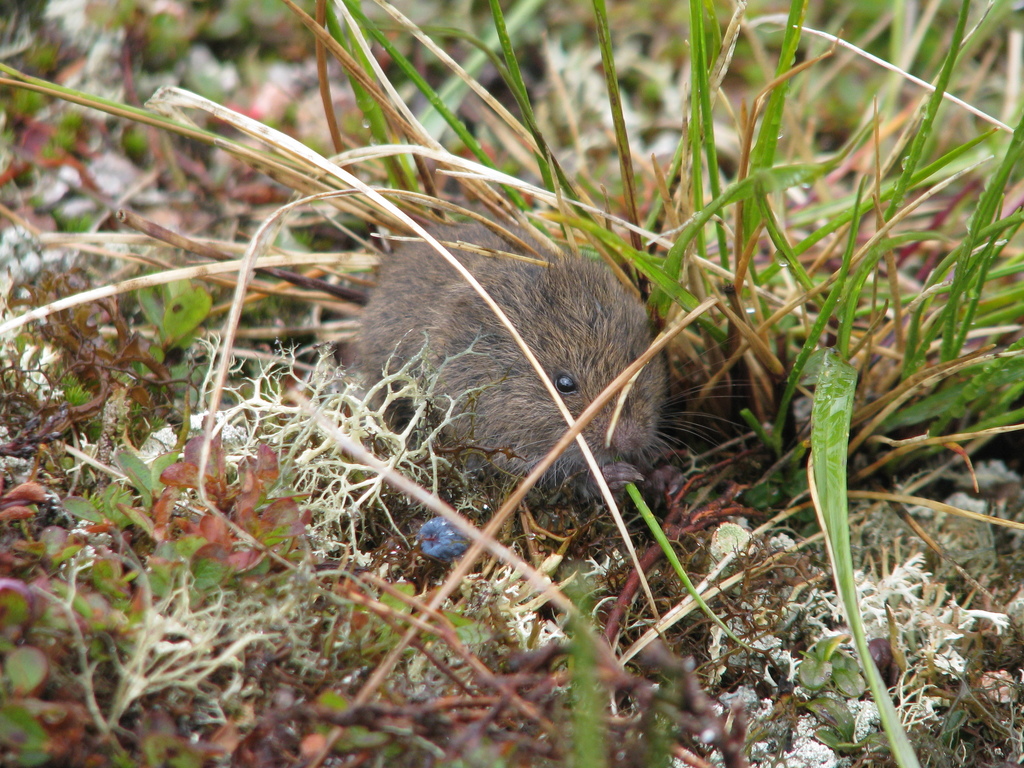
©jwboreal some rights reserved
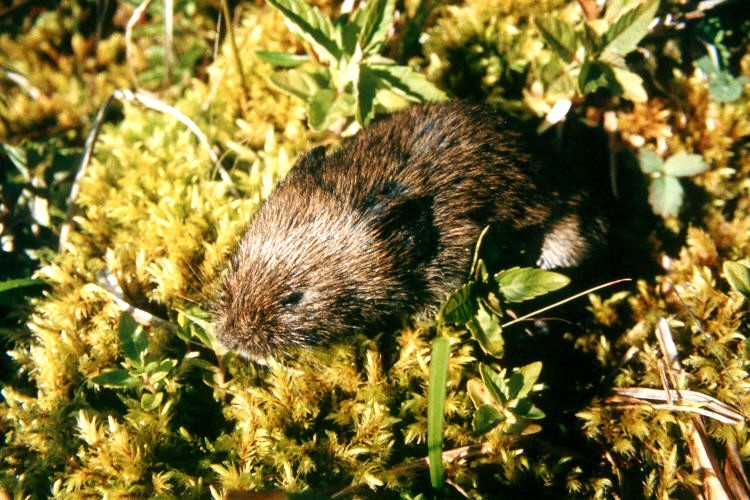
Photo credit: Dean Pearson, USFS


